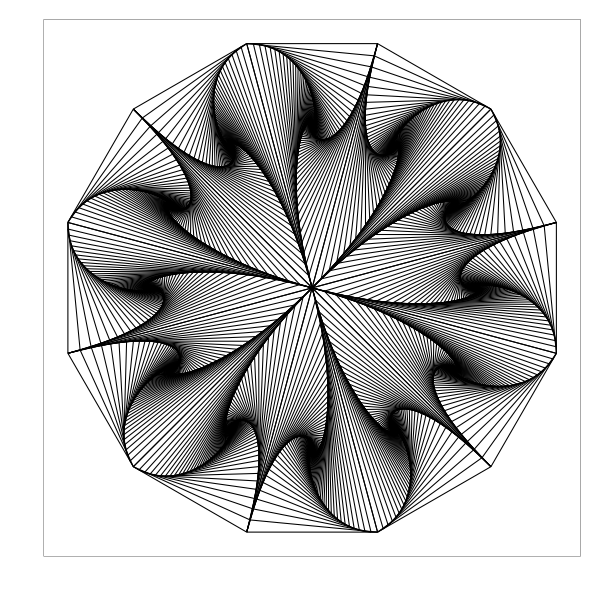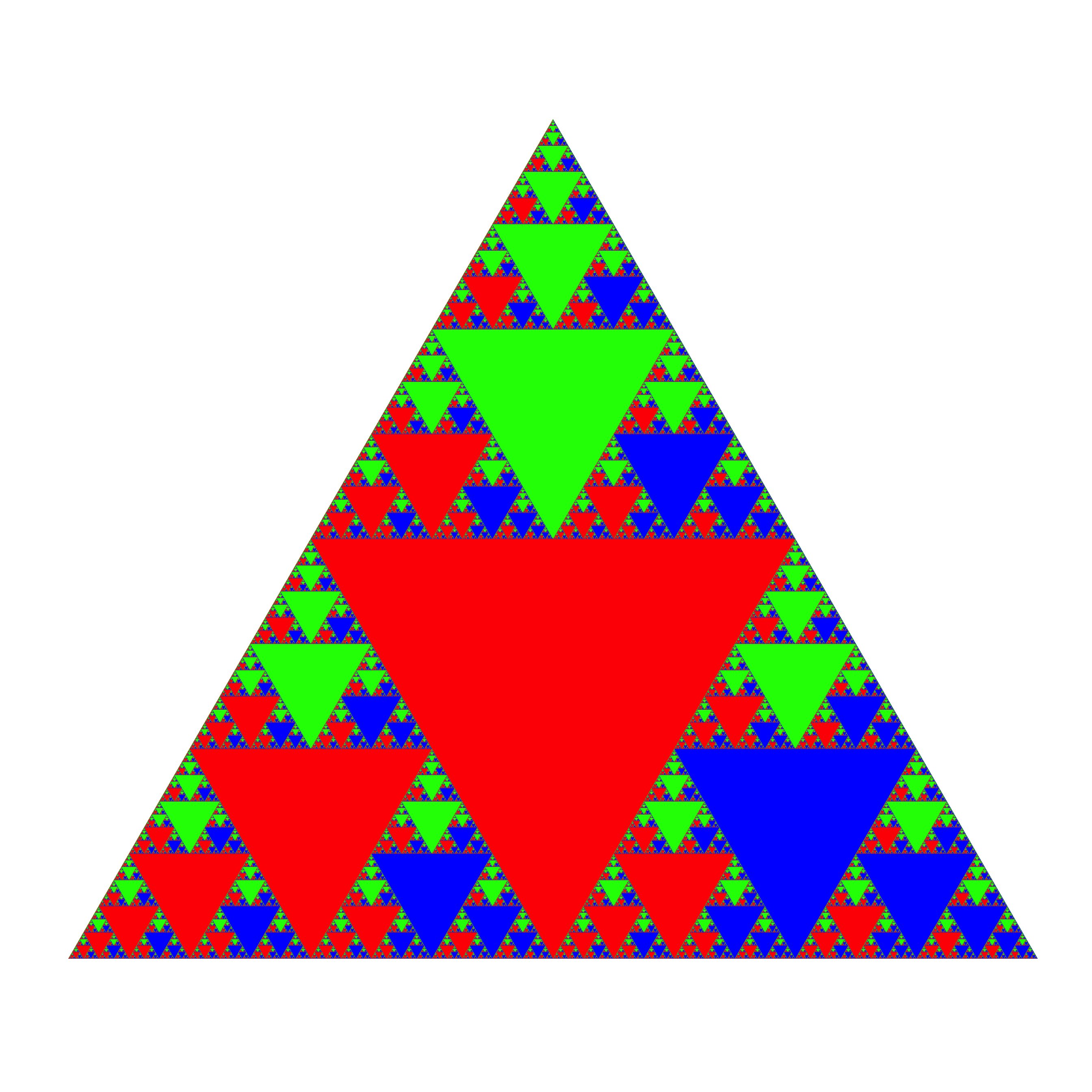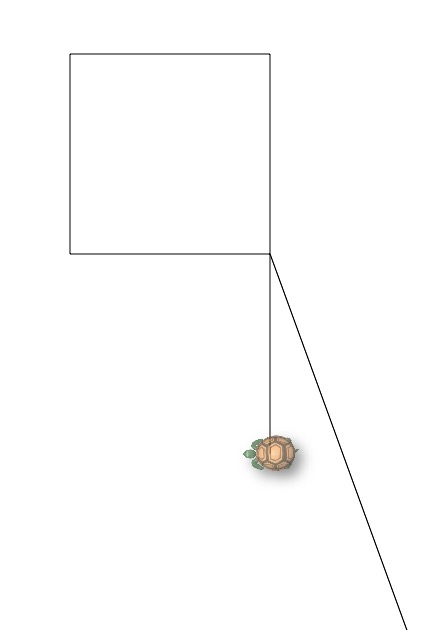Yes. I’m messing with mumma’s numbers. The last one she wrote was #33. However, since we used to write one every month when you were little, I decided this should be called #60. 12 times 5. There are 12 months in a year.
On that note, you know how to multiply now. And divide. And add and subtract, of course. You’ve also learnt fractions, and prime numbers and square numbers, most of them from school but some of them because I try my experiments on you.
And you are an amazing and eager learner.
One of your and my high points in the last 3-4 months has been the quizzes. In March or April, mumma started taking you for this “Qshala family quiz”. While you would know the answers to most questions there, you would never get a chance to speak out the answers. And that would make you unhappy, and you would cry.
So we decided you needed your own quiz. I’ve had a blast setting them. At the young age of not-yet-5, you have been introduced to the concepts of “list it” and “stage 2”. Don’t be surprised to see a long visual connect before you are 6.
The kind of stuff you are interested in is incredible. I had randomly found a nice periodic table map on Amazon, and got it for you. And it turned out that you not only know all the Noble Gases, but you know it all in ORDER. One day you and I were doing a Sporcle Periodic Table quiz together, and you surprised me with how much you knew.
You are also amazing at recognising countries from their football shirts (basically mapping to their flags), from their shapes, flags and all such. Some day I was watching some random football video, and you recognised the flag of North Macedonia! Mumma was flabbergasted.
The time since the last time we wrote a letter to you coincided with another big wave of covid and lockdown. You had been happily going to offline school, even if only on two days a week, when we wrote the last letter, but then everything shut again.
However, the difference between this lockdown and the previous ones was that by now you had learnt to read. And you devoured books. During a family zoom call during this period, someone asked you what kind of books you like, and you replied saying “I only read non fiction”.
Barbie sent you a book on the human body and you demolished it in one evening. You surprise us once in every few days based on what you know. And when you speak, or tweet from my account, you can get really profound.
Like today, mumma told me “get a life”, and you asked what “life” means. The other day, you tweeted this:
https://mobile.twitter.com/karthiks/status/1428970068474404864
In terms of profundity, though, I was (positively) amazed at one of your actions when we visited your cousins Mahika and Arhita last month. We had taken along a cake, and all you children cut it. The cake had a piece of chocolate on it, and two other kids were negotiating on who gets that, and what toppings the other child would get. And as they were talking animatedly you calmly put out your hand, picked up the chocolate and ate it off!
You are not afraid at all to ask questions. Now that school has started again, you love going there, and have started taking care of the younger children in school and showing them works.
Oh, and in the last month and a half, your reading pattern has changed considerably. It started with a visit to this wonderful bookshop called “Lightroom” in Cooke Town. I, as usual, bought you a whole bunch of non fiction books. Mumma bought you a whole bunch of fiction books.
And suddenly, after that, you only read fiction. You still don’t read “big people books” with lots of text and no pictures (so no Tinkle yet), but love your little stories. You would read them so often that the other day mumma decided to put away all your fiction books in a shelf, so that you can get back to reading non fiction.
Five year old paaps! You are a big girl now. And literally. You have had a growth spurt in the last month or so, and are now so heavy that mumma can’t carry you.
On most days you sleep by yourself in your room. In fact, now you’ve gotten a much bigger room for yourself as we swapped what was your room with the study. You have SO many things that you need such a big room. You sleep there all by yourself, surrounded by your toys. You wake up in the morning and make your own bed, if you haven’t sneaked across the house to our room in the middle of the night that is.
You know – I’m actually feeling conscious writing this because I know that you are fully capable of reading this now. There might be the odd word here or there that you may not know – but will make sure you ask – but reading this should be a breeze now. And os I’m conscious that I shouldn’t make this too long – else you might put NED to read this.
And since it’s been so long since we wrote this, there is still so much more to say. So I’ll just do this in bullet points:
- You’ve recently gone back to a “appa do like this” phase. You make weird shapes with your hands and want me to copy them exactly
- Mamma has gotten you hooked to Jurassic Park, and similar “dinosaur movies”. And you love watching and re-watching them. Of course, you get scared as well! That is just part of the game
- You have restarted voice training classes with Mads.
- You can brush your hair and tie it up into a “monkey jutta” all by yourself
- You are self sufficient enough now that we don’t have to supervise your online school. You open my laptop, find the calendar notification and join the Zooom meeting
- Thanks to the second wave, there has been no travel, unfortunately in the last 6 months. Hopefully we can correct this soon. Then again – you got your passport renewed in this time
- You still ask for permission when you want to see cartoons. That said, you don’t see much of cartoons nowadays. Books and Khan Academy are more interesting to you
OK I guess it’s really time to stop now! Happy birthday, sweetheart! Have a great year ahead.






